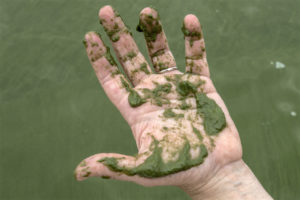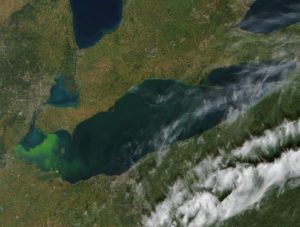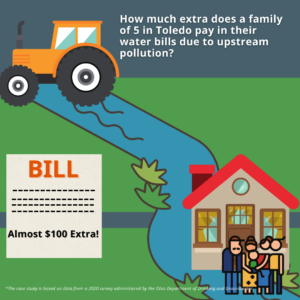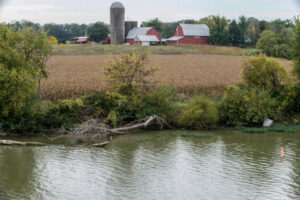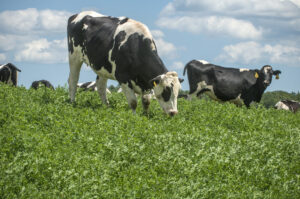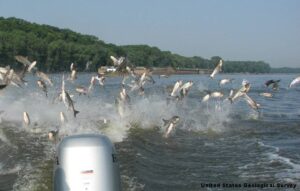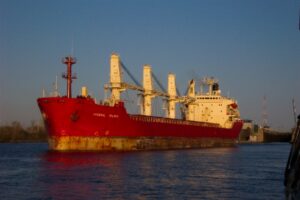Statement on EPA Ballast Rule
Joint statement from the Alliance for the Great Lakes and the National Wildlife Federation regarding the Environmental Protection Agency’s proposed rulemaking under the Vessel Incidental Discharge Act.
Chicago, IL (December 18, 2023) – Today, a broad coalition of groups submitted comments to EPA limited to the most recently proposed supplemental regulatory options that EPA is considering, as well as comments on the rationale that EPA has put forward regarding its supplemental regulatory options and continuance of proposals from its 2020 proposed rule.
In 2018, Congress enacted the Vessel Incidental Discharge Act of 2018 (VIDA) and directed the Environmental Protection Agency (EPA) to establish national standards for vessel discharges, such as ballast water. The purpose of the statute is to protect the natural environment and the surrounding communities and economies from the introduction of aquatic invasive species or harmful pathogens that might be released or transported from vessels. In October 2020, EPA released its proposed draft VIDA rules, which we, and many others, found to be severely deficient in that they did not protect the environment and arbitrarily excluded “Lakers” (vessels that do not leave the Great Lakes) from regulation.
EPA proposes to create a new regulatory subcategory for “New Lakers” and is considering imposing a regulatory requirement for “New Lakers” to install, operate, and maintain ballast water management systems to reduce the level of discharges of harmful aquatic organisms into the Great Lakes. New Lakers are rarely built. The Mark W. Barker Laker was launched in 2022, and it was the first Laker built and launched in more than 35 years. EPA proposes to continue to exempt existing Lakers that can spread invasive species throughout the Great Lakes.
“Exempting any Lakers is the wrong approach to combat invasive species. The shipping industry has asked repeatedly for many years for uniform regulations for ballast water across the United States and that they be harmonized with Canada. What EPA is proposing is contrary to that demand. Exempting existing Lakers carves out this class of ship from regulation and puts the Great Lakes at risk. Most important, it fails to live up to our obligation to prevent new damage from the invasive species that have already cost the Great Lakes, and the people that rely on them, so much.” – Molly M. Flanagan, Chief Operating Officer and Vice President for Programs at the Alliance for the Great Lakes.
###
Media contact: Please connect with our media team at TeamGreatLakes@mrss.com.
The post Statement on EPA Ballast Rule appeared first on Alliance for the Great Lakes.
News - Alliance for the Great Lakes
News - Alliance for the Great Lakes
https://greatlakes.org/2023/12/statement-on-epa-ballast-rule/

